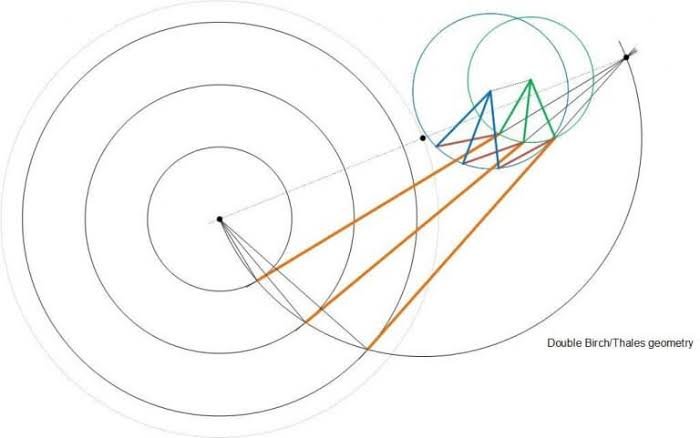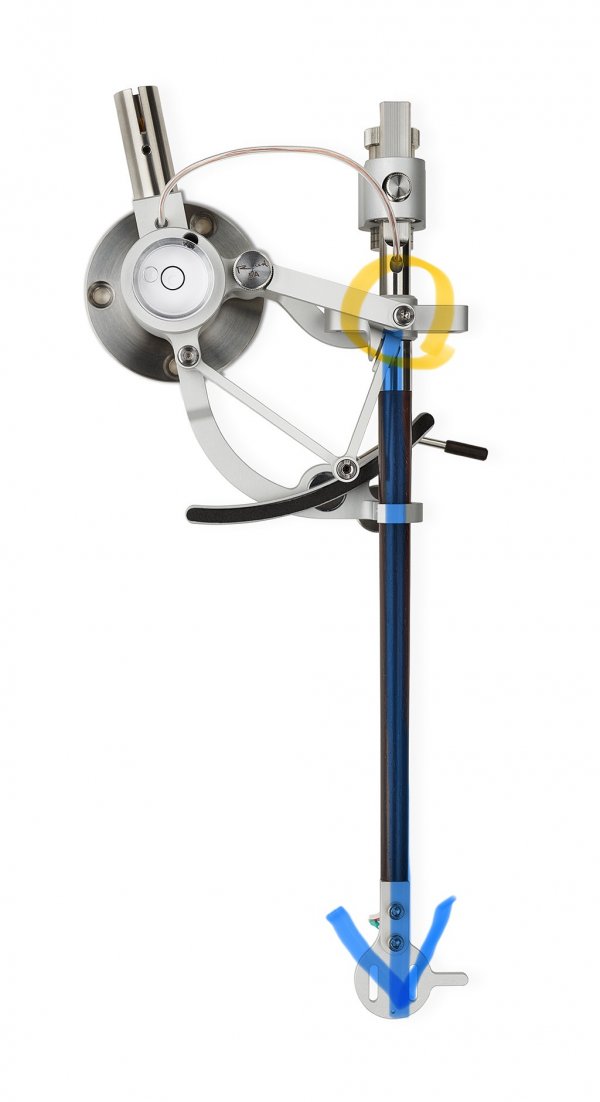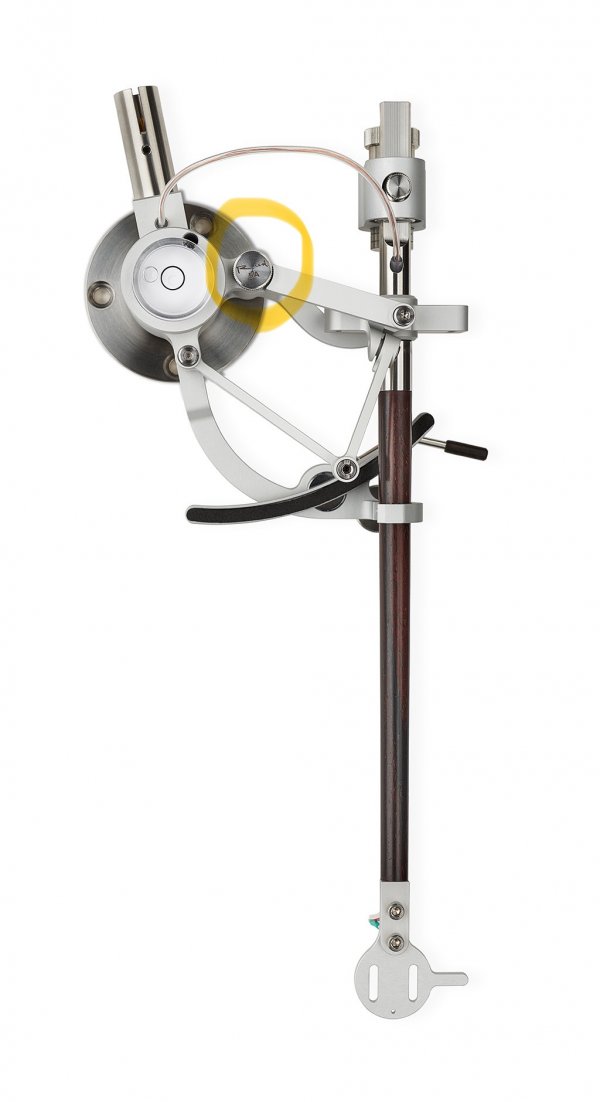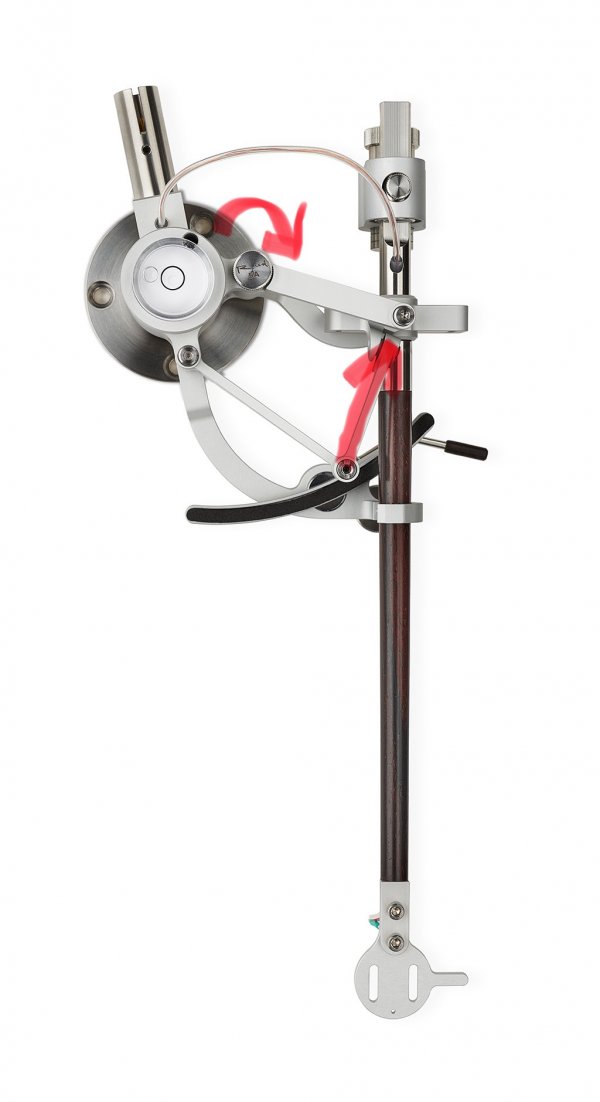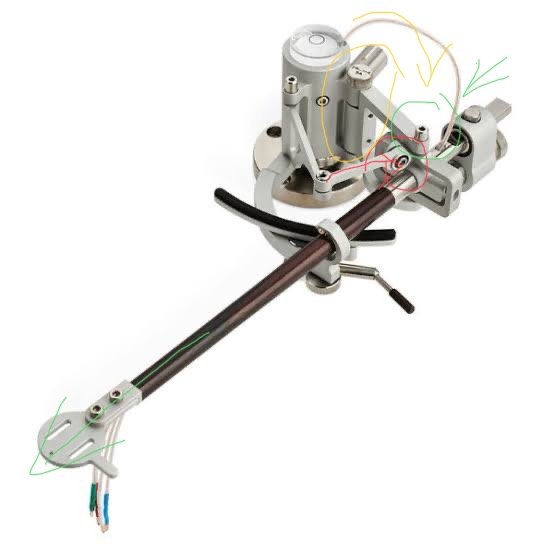Hi, what cart and systems do you have?
Time to investigate why both General and Hiraga like Viv Labs - HIraga is a straight arm no offset guy.
Have heard it sound good with Fuuga on Rue de borgis, and heard it on Monaco Parabolica with Kondo (system in the SET amp owners thread) - couldn't isolate the arm.
Oneo has one on his apogees, General has one with his own cart on Pnoe and Elysiums.
Iirc UK Paul has one.
Who else?
Apparently sounds good with Nasotec swing headshell
Time to investigate why both General and Hiraga like Viv Labs - HIraga is a straight arm no offset guy.
Have heard it sound good with Fuuga on Rue de borgis, and heard it on Monaco Parabolica with Kondo (system in the SET amp owners thread) - couldn't isolate the arm.
Oneo has one on his apogees, General has one with his own cart on Pnoe and Elysiums.
Iirc UK Paul has one.
Who else?
Apparently sounds good with Nasotec swing headshell






